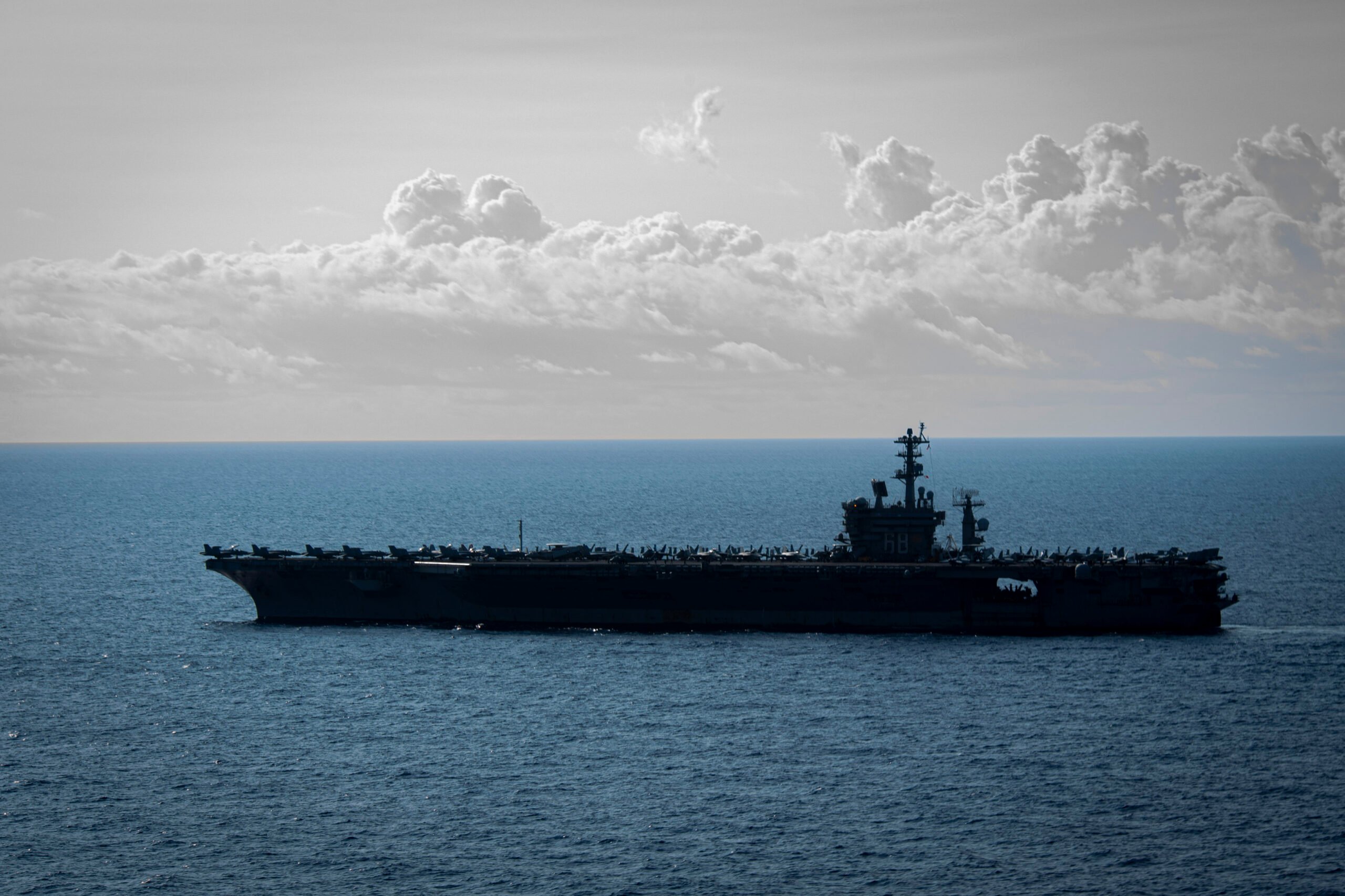The American Navy has just unveiled its latest technological marvel : the USS Massachusetts, a cutting-edge Virginia-class Block V submarine weighing 10,200 tons. This nuclear-powered behemoth represents Washington’s strategic response to growing maritime tensions with China and Russia. The vessel recently completed its initial sea trials off the Atlantic coast, demonstrating exceptional stealth capabilities and combat readiness that could reshape naval warfare dynamics in contested waters.
Virginia Block V technology redefines underwater warfare capabilities
The USS Massachusetts embodies the pinnacle of American submarine engineering, measuring 140.5 meters in length and 10.3 meters in width. Its nuclear reactor provides unlimited operational endurance, enabling months-long missions without surfacing. The submarine’s crew of 145 sailors operates sophisticated systems designed for multiple combat scenarios, from intelligence gathering to special operations support.
This Block V variant introduces revolutionary modular design concepts that distinguish it from earlier Virginia-class submarines. The Virginia Payload Module (VPM) extends the vessel’s length by 25 meters, creating space for up to 40 Tomahawk cruise missiles. This enhancement transforms the submarine into a versatile platform capable of launching various payloads, including unmanned underwater vehicles and classified military equipment.
Advanced sonar systems and acoustic dampening technology ensure the Massachusetts remains virtually undetectable during operations. The submarine’s speed exceeds 46 kilometers per hour underwater, while its stealth characteristics allow it to operate undetected in hostile environments. These capabilities prove essential for modern naval operations where information warfare intersects with traditional combat, much like how AI technologies are revolutionizing entertainment industries through sophisticated data processing.
| Specification | USS Massachusetts (Block V) | Previous Block III |
|---|---|---|
| Length | 140.5 meters | 115 meters |
| Displacement | 10,200 tons | 7,900 tons |
| Tomahawk Capacity | 40 missiles | 12 missiles |
| Crew Size | 145 personnel | 134 personnel |
Strategic implications for global naval power balance
The Massachusetts deployment signals America’s commitment to maintaining maritime superiority against emerging threats from China and Russia. Beijing’s rapid naval expansion, particularly with Type 093B submarines, challenges traditional American dominance in strategic waterways. Meanwhile, Russia’s Yasen-M class submarines offer formidable firepower despite inferior stealth capabilities compared to Virginia-class vessels.
Military analysts compare submarine warfare preparation to strategic gaming, where players must master complex tactics and positioning. Similar to how gamers develop skills through advanced gaming strategies, naval crews train extensively for underwater combat scenarios. The psychological pressure of submarine warfare demands exceptional mental resilience, highlighting why physical activities support mental health among military personnel.
International maritime law governs submarine operations, yet gray zone activities blur traditional boundaries between peace and conflict. The Massachusetts provides American commanders with flexible response options, from intelligence collection to precision strikes against high-value targets. This versatility proves crucial in contested regions where diplomatic tensions require careful military positioning.
Industrial collaboration drives submarine innovation forward
General Dynamics Electric Boat and Newport News Shipbuilding jointly constructed the Massachusetts, representing decades of specialized manufacturing expertise. This partnership ensures consistent quality standards while maintaining production schedules for the Virginia-class program. The submarine represents the 25th vessel in its class, with the 12th built at Virginia facilities.
Defense spending priorities reflect national security concerns, much like how regulatory frameworks address emerging risks in various sectors. Better regulation and data analysis prove essential for managing complex systems, whether in defense manufacturing or civilian industries. The Massachusetts program demonstrates how sustained investment yields technological advantages over international competitors.
Key features distinguishing Block V submarines include :
- Enhanced Virginia Payload Module for versatile mission profiles
- Advanced combat systems integration for multi-domain operations
- Improved acoustic signature reduction for superior stealth
- Modular design allowing future technology upgrades
- Extended operational range through optimized reactor design
Future implications for maritime security operations
The Massachusetts will officially join the Navy fleet by early 2026, strengthening America’s nuclear submarine force against regional adversaries. China’s submarine construction acceleration poses long-term challenges, while Russia maintains fewer but heavily armed underwater vessels. European allies like France continue developing sophisticated Barracuda-class submarines, though in smaller quantities than American production.
Military deployments require careful logistical planning, similar to civilian travel coordination. Just as smooth travel planning demands expert guidance, submarine operations benefit from comprehensive preparation. Professional advice enhances mission success rates, whether for adventure planning or military operations.
The 10,200-ton Virginia-class submarine represents more than advanced engineering; it symbolizes America’s determination to preserve naval supremacy through technological innovation. As geopolitical tensions escalate across multiple theaters, the Massachusetts provides policymakers with credible deterrent capabilities. This underwater giant ensures American interests remain protected beneath the world’s oceans, where strategic competition continues intensifying among global powers seeking maritime influence.


